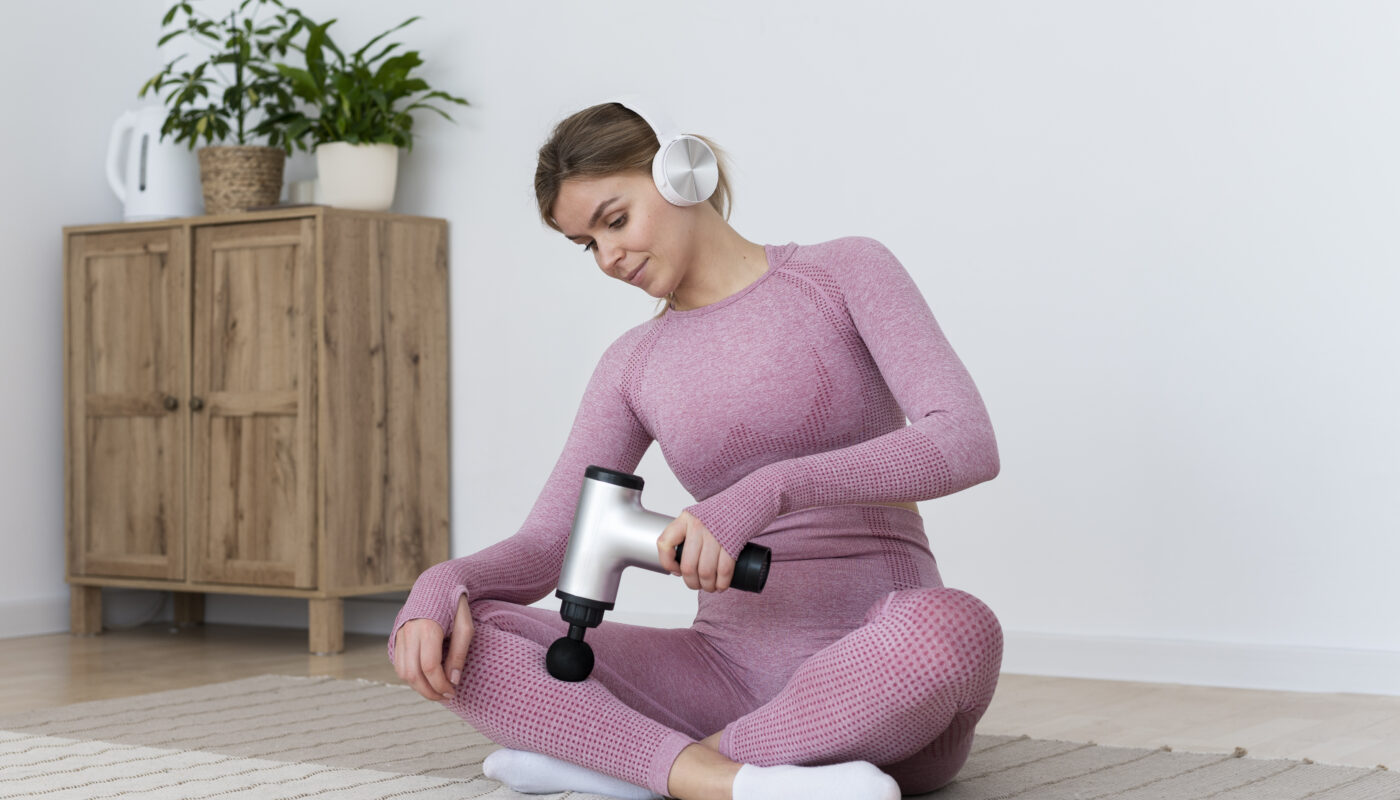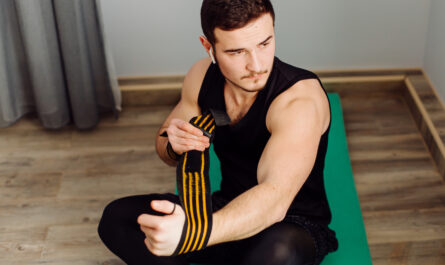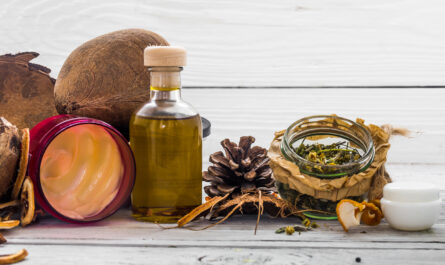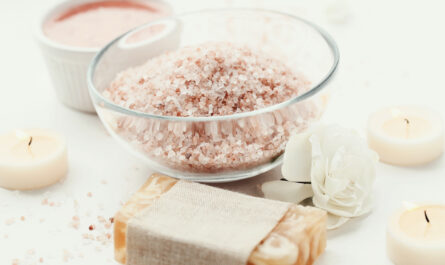Muscle cramping is a common and often painful experience that can occur for various reasons, such as dehydration, muscle fatigue, poor circulation, or overuse. A massage gun can be an effective tool to help relieve muscle cramps by improving blood flow, reducing muscle tension, and accelerating recovery. This article provides a comprehensive guide on how to use a massage gun effectively to relieve muscle cramping.
Understanding Muscle Cramps
Muscle cramps occur when one or more muscles contract suddenly and involuntarily. They can last anywhere from a few seconds to several minutes, causing significant discomfort. Muscle cramps are frequently caused by the following:
- Dehydration: Lack of fluids can lead to electrolyte imbalances, resulting in muscle cramps.
- Overuse or Fatigue: Excessive exercise or prolonged physical activity can cause muscle fatigue, leading to cramps.
- Poor Circulation: Restricted blood flow to muscles can contribute to cramping.
- Mineral Deficiency: Deficiency in potassium, magnesium, or calcium can increase the likelihood of cramps.
- Nerve Compression: Issues like a pinched nerve in the spine can cause cramping in the legs.
- Medical Conditions: Certain conditions such as diabetes, kidney disease, or thyroid disorders can contribute to frequent muscle cramps.
Benefits of Using a Massage Gun for Muscle Cramps
A massage gun is a percussive therapy device that delivers rapid bursts of pressure to targeted muscle areas. Using a massage gun can help relieve muscle cramps by:
- Improving Blood Flow: Increases circulation, helping deliver oxygen and nutrients to muscles.
- Reducing Muscle Tension: Helps relax tight muscles and alleviates discomfort.
- Breaking Up Lactic Acid: Reduces the buildup of lactic acid, which can contribute to cramping.
- Enhancing Recovery: Speeds up muscle recovery by reducing soreness and stiffness.
- Increasing Range of Motion: Loosens muscles and improves flexibility, preventing future cramps.
- Activating the Nervous System: Stimulates nerve receptors that help relax the muscles and reduce involuntary contractions.
How to Use a Massage Gun to Relieve Muscle Cramps
1. Choose the Right Attachment
Different attachments for different muscle areas are included with massage guns. The following are a few of the more typical ones: Here are some of the most common ones:
- Ball Attachment: Ideal for large muscle groups like thighs, hamstrings, and calves.
- Flat Head: Suitable for dense muscles and general use.
- Fork Attachment: Great for targeting areas around the spine.
- Bullet Head: Best for deep tissue massage and pinpointing tight knots.
For muscle cramps, a ball attachment is often the best choice as it provides broad, gentle pressure to ease the muscle.
2. Start with a Low Speed Setting
Begin with a low-speed setting to avoid excessive pressure on an already cramping muscle. Gradually increase intensity as the muscle relaxes. Applying too much force too soon may worsen the cramp.
3. Apply the Massage Gun Gently
Hold the massage gun 1–2 inches away from the cramping muscle. Let the device do the work rather than pressing it forcefully against the skin. Glide the gun over the muscle in slow, controlled motions.
4. Focus on the Affected Area
Spend 30 to 60 seconds on the cramping muscle, using smooth, circular motions. If the cramp is severe, start by massaging the area around the cramp before directly targeting the cramping muscle.
5. Use the Massage Gun Before and After Exercise
To prevent cramps, use the massage gun as part of your warm-up routine to loosen muscles and improve circulation. After exercising, use it for post-workout recovery to reduce muscle soreness and stiffness.
6. Hydrate and Stretch
Using a massage gun in conjunction with proper hydration and stretching can significantly reduce the occurrence of muscle cramps. Make sure to drink enough water and incorporate gentle stretching before and after workouts.
7. Incorporate Foam Rolling
In addition to using a massage gun, foam rolling can help loosen tight muscles and prevent future cramps. Use a foam roller to gently massage the affected area before and after using a massage gun.
Precautions When Using a Massage Gun
While massage guns are generally safe, it’s essential to use them correctly to avoid injury. Keep the following precautions in mind:
- Avoid Bony Areas: Do not use a massage gun on joints, bones, or the spine.
- Do Not Use on Acute Injuries: If you have a torn muscle or severe inflammation, avoid using the massage gun until the area has healed.
- Limit Use to Short Sessions: Prolonged use on a single area can cause irritation. Stick to 30–60 seconds per muscle group.
- Listen to Your Body: If you feel increased pain or discomfort, stop immediately.
- Consult a Doctor if Necessary: If you experience frequent or severe cramps, consult a healthcare professional for underlying conditions.
Additional Tips for Muscle Cramp Relief
In addition to using a massage gun, consider the following tips for preventing and alleviating muscle cramps:
- Increase Electrolyte Intake: Ensure you’re consuming enough potassium, magnesium, and calcium.
- Stay Hydrated: Drink water throughout the day, especially before and after physical activity.
- Maintain a Balanced Diet: Eating a variety of nutrient-rich foods can help support muscle function.
- Wear Proper Footwear: Supportive shoes can help prevent cramps caused by poor posture or strain on the legs.
- Use Heat or Cold Therapy: Applying heat can relax tight muscles, while ice can reduce inflammation.
- Improve Sleep Habits: Poor sleep can contribute to muscle tightness and cramping.
- Practice Deep Breathing Techniques: Proper breathing techniques can reduce muscle tension and improve oxygen flow to the muscles, helping to prevent cramps.
- Try Magnesium Supplements: If you frequently experience cramps, a magnesium supplement may help regulate muscle function and reduce cramping episodes.
Conclusion
A massage gun is a powerful tool for relieving muscle cramps by improving blood flow, reducing muscle tension, and accelerating recovery. By using it correctly—choosing the right attachment, applying gentle pressure, and incorporating proper hydration and stretching—you can effectively alleviate cramps and prevent future occurrences. Additionally, combining percussive therapy with foam rolling, heat therapy, and proper nutrition can enhance muscle recovery and prevent cramps. However, it’s essential to listen to your body and seek medical advice if cramps persist. With the right approach, you can enjoy pain-free muscles and enhanced overall well-being.



